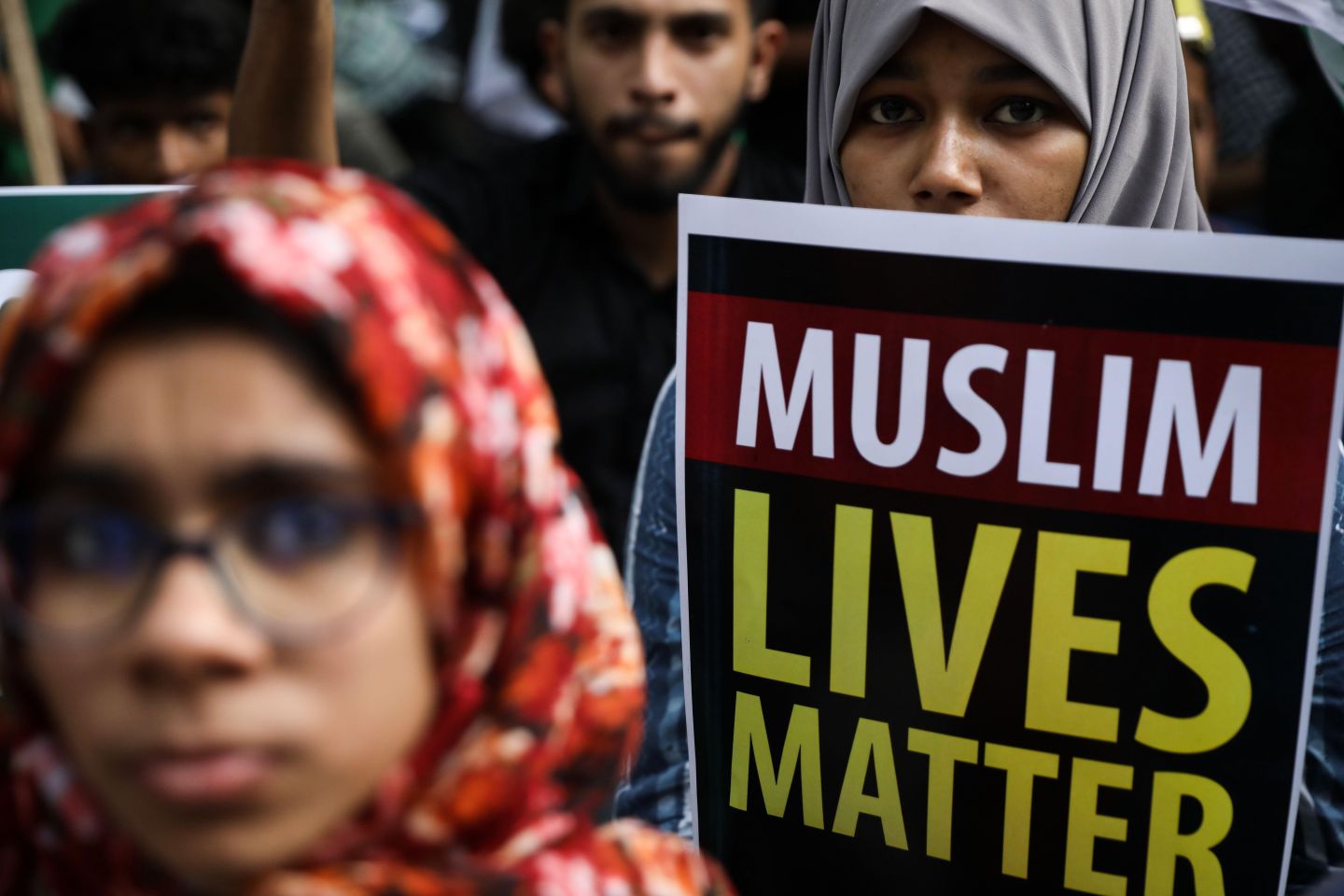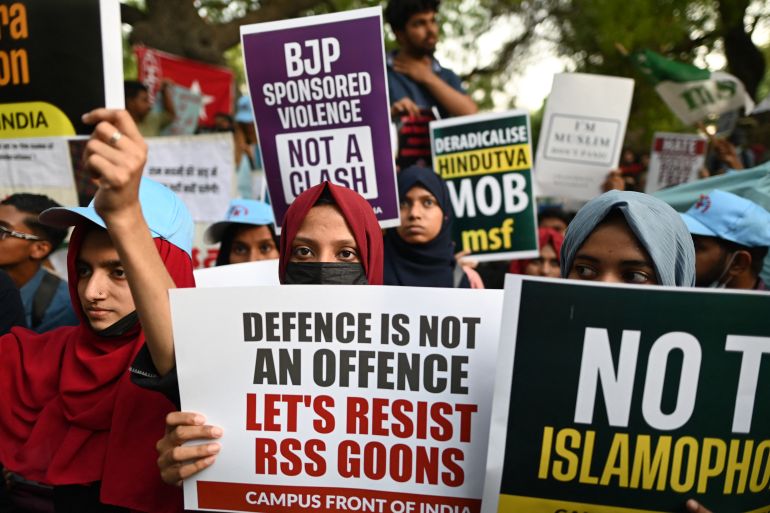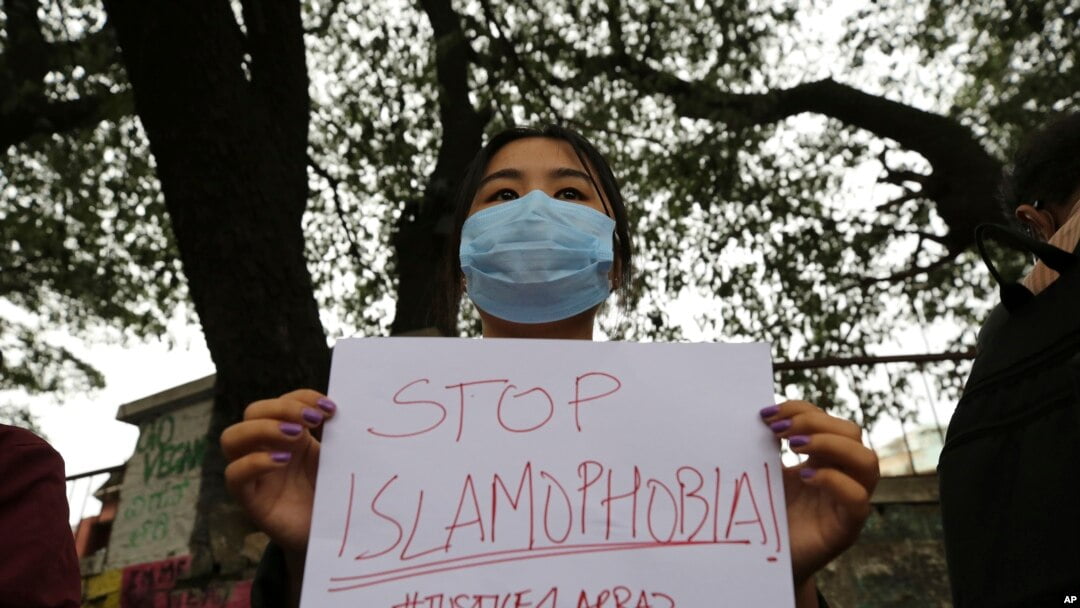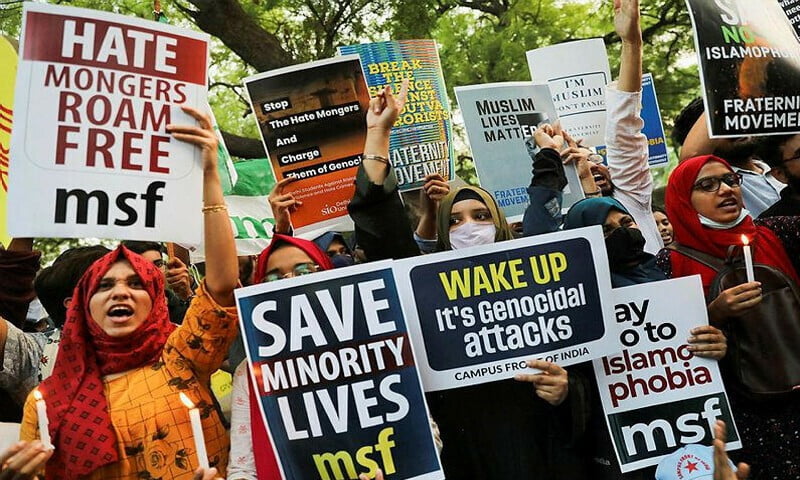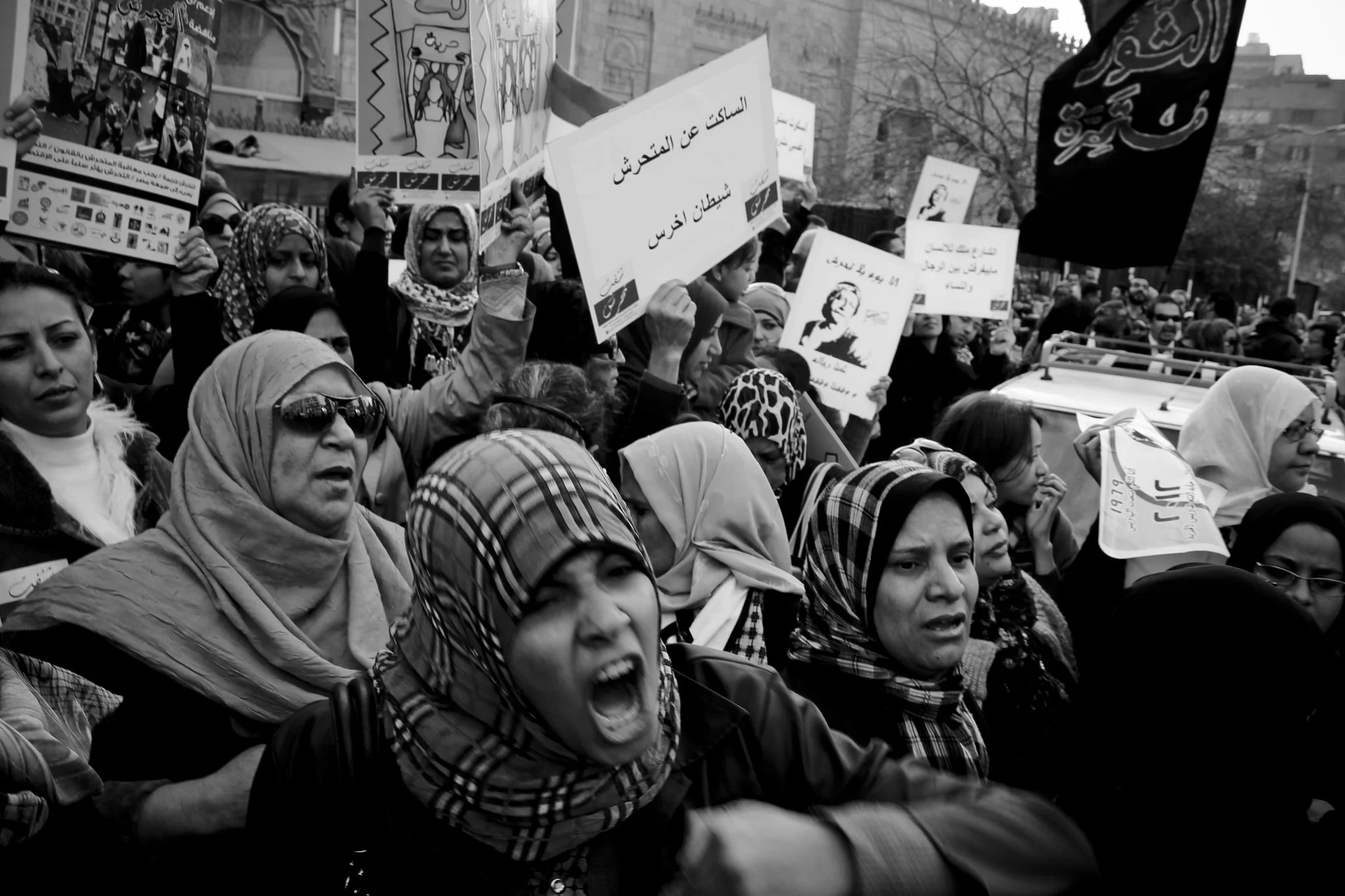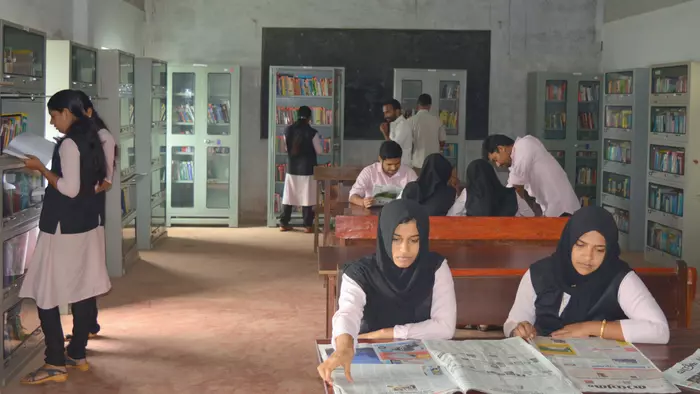We all have grown up hearing stories about how Muslim and minority tenants struggle to find accommodation due to their identity, facing rejections from landlords based on religion, caste, language, and the area they come from.
At the heart of controversy is a 44-year-old Muslim woman, who despite being allotted a flat by the Vadodara Municipal Corporation in 2018 under the Gujarat government scheme, is unable to move in till this day.
However, this discrimination is not limited to brokers and landlords but extends to real estate owners and housing apartment complexes, revealing pervasive discrimination in urban India.
The case of Vadodara
Recently a stark illustration of such residential and spatial discriminatory practices in urban India unfolded. At the heart of controversy is a 44-year-old Muslim woman, who despite being allotted a flat by the Vadodara Municipal Corporation in 2018 under the Gujarat government scheme, is unable to move in till this day. Residents of the housing complex are protesting against the allotment of an apartment to a Muslim woman, stating that the locality is meant only for Hindus.
Rising intolerance: the Jaipur incident
Just two days before, posters appealing to not sell houses to non-Hindus appeared in Shivaji Nagar, Bhatta Basti area, Jaipur. The posters were in the name of Sarv Hindu Samaj, which reads in Hindi, ‘Sanataniyon se appeal, palayan ko roken. Sabhi Sanatan bhaiyon behnon se nivedan hai ki apna makaan gair-Hinduon ko na bechen’.
A broader pattern: spatial and residential discrimination
Both the incidents shed light on spatial and residential discrimination in urban areas on the basis of religion. These incidents highlight how social prejudices are hurdles in the way of having fair housing and residential areas.
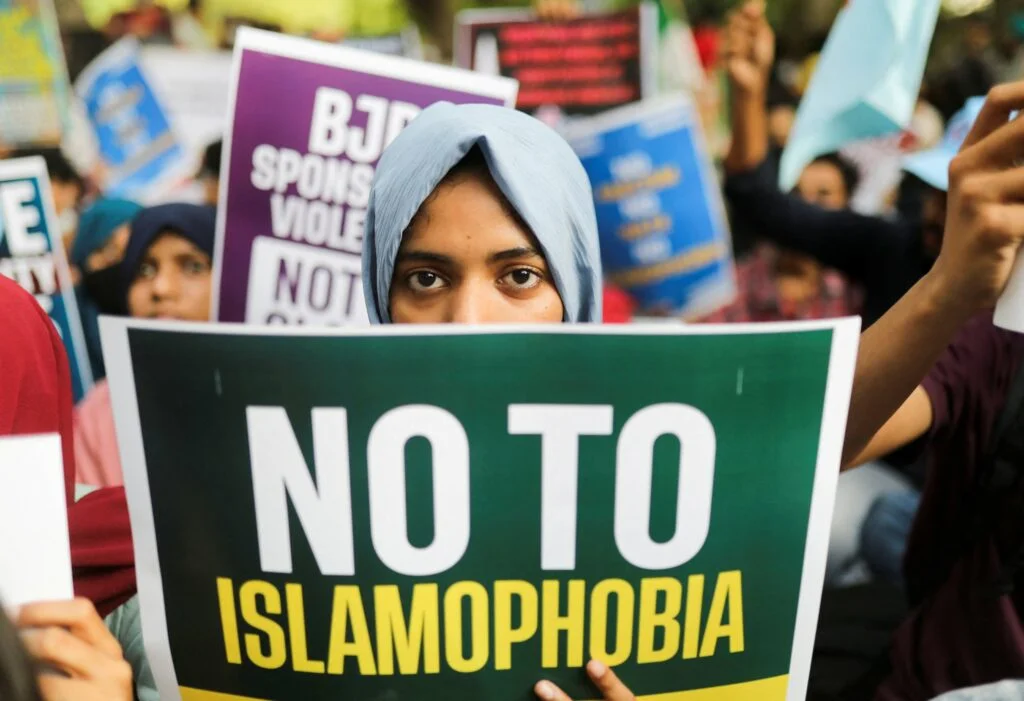
The story of discrimination does not limit to these two cases, but this has become a trend in India leading to social exclusion and ghettoisation of minorities and at the heart of these discriminatory practices lies the Muslim community, primarily. As per Pew Research, 36% of Hindus do not desire Muslim neighbors.
Lived experiences of Muslims (interviewed by author)
In 2014, Salim and his two aspiring actor roommates decided to move to a better-connected flat in Madh Island, Mumbai. They found a suitable house but were rejected by the owner at the last moment upon discovering that Salim was Muslim, citing societal restrictions against non-Hindus. Despite having agreed to all terms, this discrimination forced them to continue their search. They eventually found a better flat in Versova, although the rent was higher.
In 2010, Aayub (who introduces himself as an assistant director) moved to Mumbai and searched for a room with two friends in Four Bungalows, Mahada. Despite initially being denied a flat due to being Muslim, the society eventually agreed when they learned his friends were Hindu. A broker explained that this kind of discrimination was common, citing actor Irrfan Khan’s similar experiences in Malad.
Last year, Aayub shifted to Jaipur and attempted to buy a flat in Raja Park. After agreeing initially, a builder refused upon learning Aayub’s religion, citing concerns that no one would buy the remaining flats once they knew a Muslim lived there.
When it comes to Muslim women, the challenge becomes more complex. Often brokers deny housing in mainstream areas, or they ask to hide religious identity, not wear hijab, etc., to access housing with other communities. Due to concern of restricted mobilisation, women agree to their terms and conditions to be a part of an well-connected areas.
Ghettos and segregation of Muslims: a reality in urban India
The roots of residential segregation on the basis of religion against Muslim communities can be traced back to the colonial era, and this was further entrenched after partition in 1947. Subsequently, such divisions were perpetuated by communal violence after the Babri Masjid demolition in 1992 and Godhara Riots in 2002. Dr Damini Shah in her book Muslim ghettoisation: A tragedy writes – ‘the way American Whites tortured and victimized Black Americans and disallowed them to live a life of dignity and civilized life, in a similar manner the 2002 Gujarat riots left minority community in a similar condition in Gujarat.’
The issue is not unique to India; minorities across the world faces such challenges. The discrimination with Muslims in India in housing allotment is somewhere similar to discrimination against African Americans in the US. Such discrimination obstructs the development we need, to learn from experiences from all over the globe.
When the Prime Minister of a nation targets a particular minority in his speeches, this illustrates the Islamophobia deep embedded in our society and, moreover, also effects the psyche of Indian society. Also, Islamophobia has been at an all-time high in the time of the extremist Hindu right wing government. This phobia is leading to the exclusion of the Muslim community in every sphere. In the name of harmony and cultural preferences, often Muslims are excluded from mainstream societies.
Jamia Majid and Okhla area of Delhi, Mumra and Bhendi Bazar of Mumbai, and Juhapura in Gujarat chart the tale of spatial segregation on the basis of religion. All these areas facing a lack of basic amenities and poor infrastructure, mostly accommodate Muslim communities.
Moreover, this segregation peaks in Aurangabad, where segregation based on caste and religion is clearly demonstrated by symbolic representation.
Moreover, this segregation peaks in Aurangabad, where segregation based on caste and religion is clearly demonstrated by symbolic representation. The city’s neighborhood is divided by colors, which reflect the community residing in the area. Hari patti ilaka (green belt area) reflects spaces concentrated with Muslims; Neeli patti ilaka (blue belt area) indicates the spaces where members of the SC community live and the Hindu majority residing area is called Bhagwa patti ilaka (saffron belt area).
What leads to the creation of Muslim ghettos?
Very often the existence of Muslim ghettos is questioned, blaming Muslims. However, Laurent Gayer and Christophe Jaffrelot in the book Muslims in Indian Cities provide, ‘The ongoing ghettoization of Indian Muslims in Indian cities… is primarily the outcome of organized violence.’ This complex, thought-provoking statement encapsulates the multifaceted and disturbing reality faced by Muslims in Indian cities.
The prejudices and discrimination toward the majority have forced them to live in some particular areas. Usage of terms like “Land Jihad” (a contentious phrase often used to describe an alleged strategy by Muslims to acquire land to change the demographic balance in a region) by media increases the stigmatisation and leads to communal tension.
Another reason, as per the Sachar Committee report (2006), behind Muslims resorting to live in ghettos is their concern for security and fear of violence from the majority community.
Muslim ghettoisation leads to deep inequities
The ghettoisation perpetuates economic inequality, social exclusion, and political marginalisation. According to the Sachar committee report, Muslims living in ghettos are neglected by the state. Another recent study by Novosad says areas dominantly inhabited by SCs and Muslims have limited access to government public facilities as compared to their majority counterparts.
Another recent study by Novosad says areas dominantly inhabited by SCs and Muslims have limited access to government public facilities as compared to their majority counterparts.
On one side, lack of adequate infrastructure, facilities and employment opportunities keep them at socioeconomic disadvantage, and on the other, due to very little or no representation and influences, the scope of addressing systemic inequalities and advocacy for their fundamental rights vanishes.
Legal protections and legislative interventions needed
Articles 14, 15, 19, and 21 enshrined in the constitution can be used against the discrimination in housing allotment, but in reality, the fundamental rights of individuals are often violated. There is no specific law in the country to address the residential and housing discrimination.
In the case of Vadodara, some residents cited that the respective area comes under the ‘disturbed area’ category, but this argument is flawed. At the time of house allotment, Harni was not under ‘disturbed area’; the act that restricts the sale or purchase of property without permission was enforced in 2022. Also, District Collector Collector BM Shah clarified the disturbed areas act does not apply in Mukhyamantri Aawas Yojna.
The laws like the Disturbed Area Act in Gujarat, which were made with the motive of social harmony, are being used as a tool of residential segregation based on religion. There is a need to look again at such laws and amend them to restrict their misuse.
To address such problems, there is a requirement of a multifaceted approach. Anti-discriminatory housing laws coupled with dedicated housing tribunals and strict enforcement mechanisms are a burning need of the present. Legislative intervention is a crucial step in curbing this widespread problem. Urban planning with mixed community and mixed income settlements can foster inclusivity in housing. Along with this, there is a dire need for awareness and educating the society.
In the name of cultural preferences, the case of Vadodara and all other incidents reveal the bigotry in our society, which undermines the principle of unity in diversity.
In the name of cultural preferences, the case of Vadodara and all other incidents reveal the bigotry in our society, which undermines the principle of unity in diversity. By acknowledging and addressing the issue, we can create inclusive and equitable urban spaces, fostering social cohesion and integration, which is the dire need of the hour when communal tensions and social division are growing every day.
